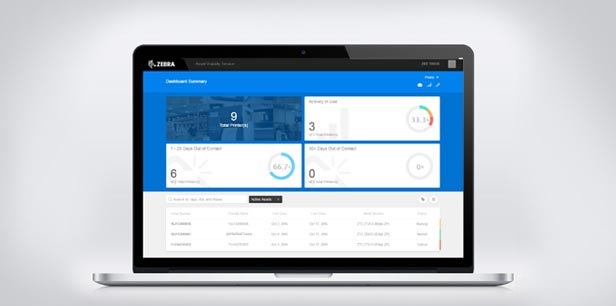Mobile computers, barcode scanners, and label printers are a critical information link in the warehouse and across the supply chain. Without these mobile tools, it would be impossible to provide accurate, timely information about inventory locations and shipment status, both internally and with customers and suppliers.
When mobile devices fail, the consequences can be severe. VDC Research estimates that a single mobile device failure can equate to 80 minutes of lost productivity. Some of these failures are unexpected and unavoidable—using these devices in a rugged environment like a warehouse will inevitably lead to occasional physical damage as computers are dropped, bumped, and sometimes even run over by a forklift.
Other types of failures, however, can be managed proactively with the use of mobile device management software. If a mobile device has an application or communication failure, a security issue, or a bug, employees have to bring the device to the IT staff to be repaired. It can take time to troubleshoot and correct these problems, which further increases downtime, particularly if a spare device isn’t readily available.
Mobile device management solutions allow IT staff to remotely monitor, troubleshoot, update, and repair mobile computers and printers in a fraction of the time. They can spot potential problems in advance and remedy them—in some cases without the user even being aware of what happened.
Here are seven important facts warehouse managers should know about device management software and how these tools can help improve their mobile environment. Device management software can:
- Reduce IT Costs: IT staff are often stretched thin trying to support existing technology deployments, while also launching new initiatives. Mobile devices can be challenging to maintain because they require more labor and effort to locate and present a wider array of tech support challenges. Mobile device management solutions make it easier to support an ever-expanding mobile environment without having to hire additional staff.
- Improve Central Management: Mobile devices are difficult for IT departments to get a handle on, because they are frequently moving—in some cases, they may even leave the physical facility for some operations. With central device management, tech support can always locate these assets and ensure they are operating correctly without doing time-consuming manual checks that put a drain on productivity.
- Enable Remote Troubleshooting and Repair: If users have a problem with a device, they contact tech support and have an IT staff member remotely troubleshoot and repair the issue without leaving the warehouse floor. IT can also receive alerts when there are potential problems with a device, and address them without interrupting employees during their shift. They can even keep tabs on the performance of the wireless LAN this way, and identify potential network issues.
- Improve Device Lifecycles: Using device management, your staff can monitor the health of each mobile asset, manage regular maintenance and updates, generate accurate technology inventories, and ensure that devices are properly retired or disposed of as they become obsolete.
- Improve Security: Device management tools allow IT staff to provide security patches and updates to every device simultaneously, which accelerates and improves the adoption of the latest security features. Staff can also monitor the entire network and receive alerts if there is unusual activity on the network or a potential breach. Lost devices can also be locked down or remotely wiped.
- Increase Control Over Applications and Device Profiles: As rugged warehouse devices increasingly incorporate consumer-style operating systems (like Android), maintaining device integrity and device profiles has become even more challenging. Device management solutions ensure that only approved apps are loaded onto the device, and that those applications can work smoothly with the latest OS updates. Device profiles can also be centrally managed and restored in the case of a device failure.
- Provide Mixed-Device/Platform Support: Warehouses may use a variety of different mobile form factors (handheld, vehicle-mount, wearable, etc.), and in some cases different operating systems. Device management solutions make it easier to support this mixed environment.
The IT environment in the warehouse is growing more complex. Mobile device management solutions can help simplify the support of these new devices and applications, while lowering costs and improve performance.




